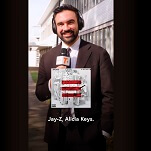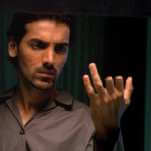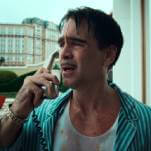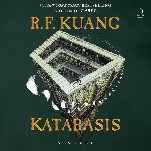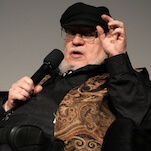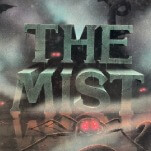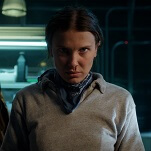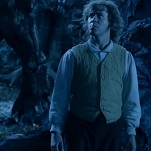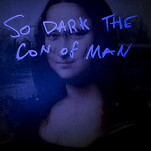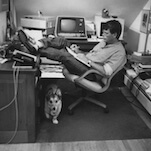From The Mixed-Up Files Of Mrs. Basil E. Frankweiler, the first novel by E.L. Konigsburg, came from an unlikely source of inspiration. The suburban mom of three was intrigued by a kernel of popcorn she spied on a throne during a visit with her kids to the Metropolitan Museum Of Art. From that meager beginning, Konigsburg spun a Newbery Award-winning tale of Claudia and Jamie, a brother and sister who run away from home and decide to hide out at the Met. Since the book’s publication in 1967, readers of all ages have delighted in the tale, which focuses on the practicalities that the two children must endure while living at the museum: bathing in a fountain, shuffling their limited funds at the Automat, hiding from the guards on top of toilets. Eventually the two become embroiled in a museum mystery, involving a statue that could in fact be a Michelangelo.
New Yorker writer Jia Tolentino is one of the book’s legions of fans, and to commemorate its milestone year, she visited the Met herself, where the museum was offering a From The Mixed-Up Files-related tour.
Our tour guide distributed a handout comparing the museum’s floor plan in the nineteen-sixties, which appears across two pages in Konigsburg’s book, to the expanded floor plan today. Undeterred, we walked through the Greek and Roman galleries and sat down in front of the ancient sarcophagus in which Claudia hides her violin case.
They also visited that famous bathing pool, as Tolentino remembers the passage from the book:
It’s a delightful scene, combining the pleasures of being naked in public, of unexpectedly profiting—as Claudia scrubs herself down with the powdered soap she’s been hoarding from the public restroom, Jamie discovers the trove of wishing coins on the floor of the pool—and, above all, of getting away with something, which remains the underlying thrill of the book.
Tolentino appears to get just as much enjoyment out of revisiting the book as she did when she read it as a child. Possibly because the book’s strength lies in the fact that it never talks down to its reader: The kids never get homesick, and as Tolentino points out, “There’s not a hint of moral instruction throughout the whole thing… As Mrs. Basil E. Frankweiler tells Claudia, the real adventure is coming home with a secret. ‘Secrets are the kind of adventure she needs,’ Frankweiler says. It’s an adult conclusion, complicated and true.” To read more yourself, visit The New Yorker.


